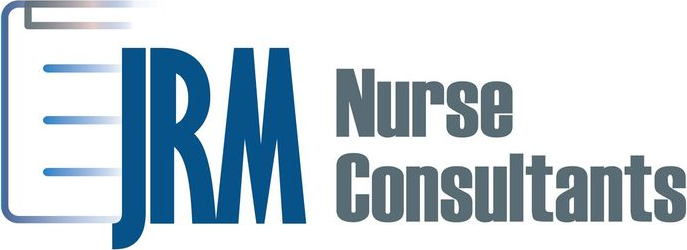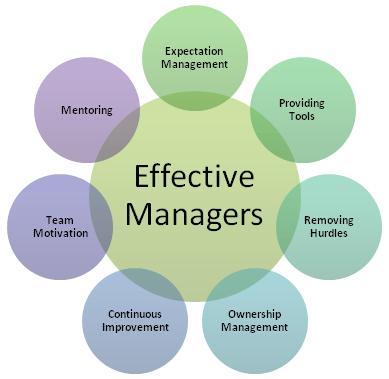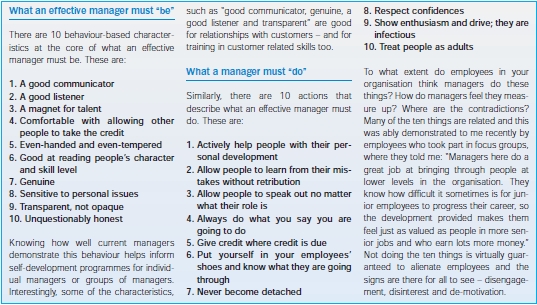In my own nursing career as a supervisor for field case managers, I have encountered patients and staff that come from diverse cultures. Every two weeks, our entire region would participate in Grand Rounds and during those rounds, our medical director reviewed four cases that had been submitted prior to the meeting in order to evaluate them for a better plan of care to help the patient. My team consisted of a mixture of different cultures. I had some wonderful nurses from different Caribbean Islands, some of them had a very strong accent, but that did not stop them from providing good care.
During our grand rounds, the medical director selected two of my case managers to present their case. The case was presented in our own team meeting and as a team, we thought it would be a great case to present. The one case manager we will call her Ms. R. presented a case about a member that had too many cats in the home and she was having difficulty staffing the case with home health aides because no one wanted to go in the home with so many cats. The medical director gave his evaluation of the case and the case was closed with the new information for the nurse case manager to implement.
During a manager meeting with about six other managers, the topic of case presentations came up and how each team needed to submit two cases per week, even if they were not selected for grand rounds. A manager from England, who spoke with an English accent, stated that my team presented a lot of cases all the time. I confirmed and stated that our strategy was that in our team meeting as an exercise we would bring two every week so that everyone had a chance to comment and it helped the presenting nurse in case her member was selected for grand rounds. The English nurse manager asked me how I even understood Ms. R. and a few other staff from the islands that I had. I politely let her know that I did have a diverse team and every one of them was a great nurse or social worker and did their jobs quite well. As for understanding them, I listen to what they were saying intently and I did not multitask when they were speaking so that I could capture every word they said. Her response was “I am glad that they are on your team (Clark et al., 2011).”
A week later, I resigned from that position and unfortunately for my staff four of the team went to this one manager and the other nine went to someone else. But of the four there was one from Haiti, one from Grenada, one from Puerto Rico and the other one was African American. I heard from all four about the poor treatment they were receiving from this manager. I, of course, could only listen, since I was no longer working there, but this is a perfect example of how not all nurses follow the code of respect of others cultures.
With patients, it is the same thing, as nurses, we are not always going to understand what someone is saying whether it be a language barrier, dysphagia from a stroke, or dementia, but as nurses, we need to be able to read the body language. We need to fine-tune our ears to try and understand what the person is saying. Living in Florida I am exposed to many cultures. I myself am of Hispanic descent and although born in the states, I understand the diverse cultures that there are here.
In integrating health teachings, many materials are available in Spanish and Creole, However for the ones that are not, the use of translation companies are available through hospitals or managed care companies to help with the teaching that we are offering the patients.
References
Clark, L., Calvillo, E., De La Cruz, F., Fongwa, M., Kools, S., Lowe, J., & Mastel-Smith, B. (2011, May-June). Cultural Competencies for Graduate Nursing Education. Journal of Professional Nursing, 27(3), 133-139.


















